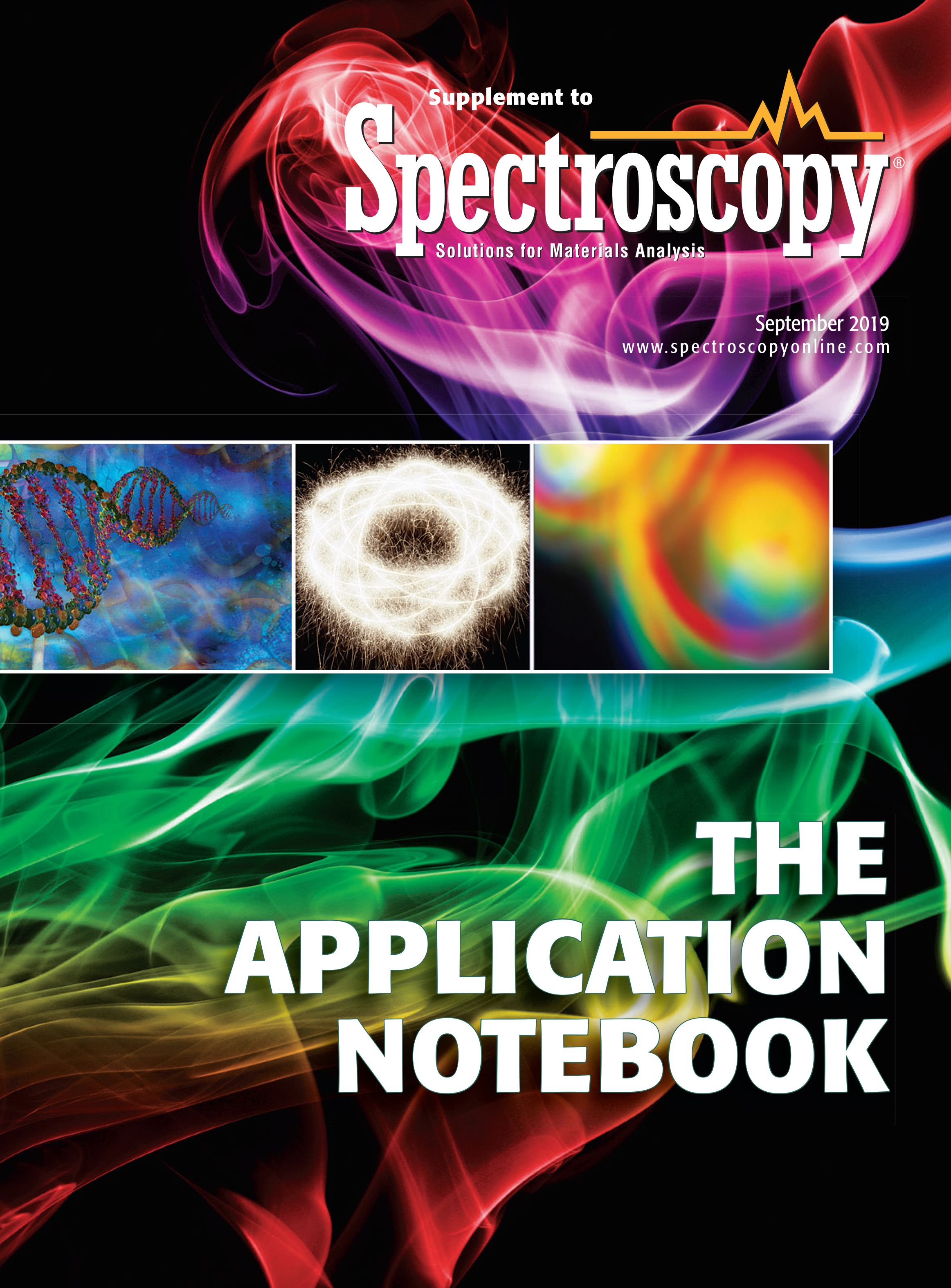Trace-Level Pesticide Detection Utilizing Surface-Enhanced Raman Spectroscopy
Several pesticides were detected at parts-per-million levels on apple skin using a unique swabbing method and surface-enhanced Raman spectroscopy (SERS).
Commonly used pesticides, such as organothiophosphates and fungicides, can attack the central nervous system, posing a risk to humans and other animals upon exposure (1). SERS has been investigated as a technique to detect trace levels of pesticides on food items, and offers reduced instrument size, fast measurement times, non-destructive sampling, and simple implementation compared to the traditionally used methods, such as HPLC and GC–MS (2). In this study, we utilize a swabbing technique that has the potential to be a testing platform for field use to detect trace levels of pesticides on apple skin.
Experimental Conditions
Pesticide-containing apple skin pieces are swabbed and added to colloidal gold nanoparticles. The mixtures are interrogated with 785 nm excitation laser with 3 s integration time and 350 mW laser power, and the Ocean Insight QE Pro spectrometer.
Results
The pesticides examined in this study were thiram, malathion, acetamiprid, and phosmet. The SERS spectra of each pesticide after being applied to apple skin and swabbed are presented in Figure 1. The observed peaks are consistent with reports in the literature.

Figure 1: SERS spectra of swabs of 1 ppm (a) malathion, (b) acetamiprid, (c) phosmet, and (d) thiram on apple skin.
Conclusions
We present a swabbing technique that has the potential to be a testing platform for field use and utilizes colloidal gold to detect trace levels of several pesticides on apple skin. This technique can detect each pesticide down to 1 ppm, where the pesticide residue tolerances on apples are 5 ppm, 8 ppm, 1 ppm, and 10 ppm for thiram, malathion, acetamiprid, and phosmet, respectively (3). The results presented here indicate that SERS coupled with the swab method is a valuable tool, and has significant potential for identifying pesticide residues on the surface of fruits for food quality and safety control.
References
(1) M. Stoytcheva, InTech, 30–48 (2011). doi: 10.5772/1003.
(2) M.L. Xu, Y. Gao, X.X. Han, and B. Zhao, J. Agric. Food Chem. 65, 6719–6726 (2017).
(3) Office of the Federal Register, Electronic Code of Federal Regulations, 2018, https://www.ecfr.gov (8 January 2019).

Ocean Insight
8060 Bryan Dairy Road, Largo, FL 33777
tel. +1 (727) 733-2447
Website: www.oceaninsight.com

New Study Reveals Insights into Phenol’s Behavior in Ice
April 16th 2025A new study published in Spectrochimica Acta Part A by Dominik Heger and colleagues at Masaryk University reveals that phenol's photophysical properties change significantly when frozen, potentially enabling its breakdown by sunlight in icy environments.
Advanced Raman Spectroscopy Method Boosts Precision in Drug Component Detection
April 7th 2025Researchers in China have developed a rapid, non-destructive Raman spectroscopy method that accurately detects active components in complex drug formulations by combining advanced algorithms to eliminate noise and fluorescence interference.